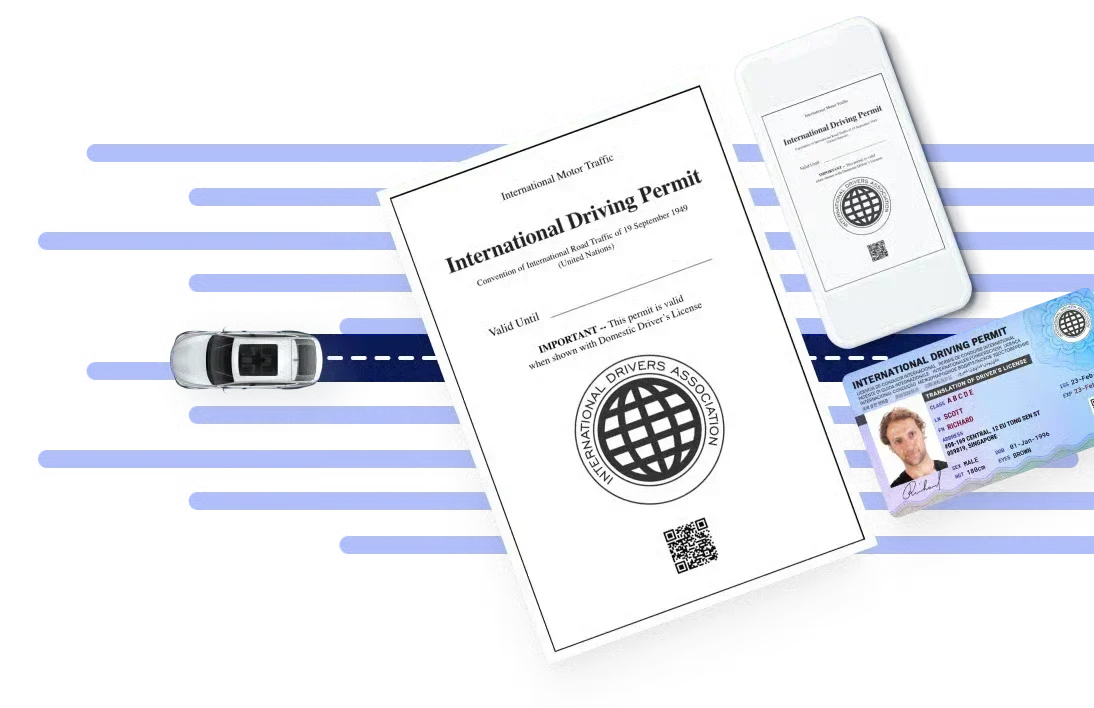
Source: Photo by master1305
Traveling internationally by car can be a thrilling experience, allowing you to visit new places and immerse yourself in different cultures. However, one challenge that can arise during your travels is engine overheating. This issue can lead to frustrating delays, costly repairs, and even dangerous situations.
Understanding the causes of engine overheating, taking preventive measures, and knowing how to respond if it occurs can help you maintain a smooth trip.
Understanding Engine Overheating
Engine overheating can happen for several reasons, and being aware of these can help you take steps to prevent it:
- Low Coolant Levels: Coolant is essential for regulating engine temperature. If the level is low due to leaks or evaporation, the engine can overheat.
- Faulty Thermostat: The thermostat controls the flow of coolant. If it fails, it may restrict the coolant flow or allow it to flow continuously, leading to overheating.
- Broken Water Pump: A malfunctioning water pump can disrupt the flow of coolant through the engine and radiator. If this occurs, the coolant won’t circulate properly, leading to engine overheating.
- Clogged Radiator: A radiator clogged with debris or sediment can restrict airflow and coolant flow, leading to overheating.
- Damaged Hoses: Cracked or damaged hoses can leak coolant, resulting in low coolant levels and overheating.
- Excessive Load: Towing heavy loads or driving in extreme conditions can put extra strain on the engine, leading to overheating.
Recognizing these causes can help you take the necessary precautions before setting out on your travels.
Preventive Measures to Avoid Overheating
Taking preventive steps can save you from potential issues down the road. These measures are vital in ensuring your engine stays cool during your international journey.
1. Regular Maintenance Checks
Before hitting the road for an international trip, it’s important to ensure your vehicle is in good condition. Regular maintenance checks are essential for preventing engine overheating. Here’s a checklist to follow:
- Coolant Levels: Ensure the coolant level in both the radiator and reservoir is adequate. If the level is low, replenish it with the correct type of coolant. Remember to perform this check when the engine is cool to prevent burns.
- Oil Changes: Make sure your engine oil is clean and at the correct level. Old or low oil can increase friction and heat.
- Inspect Hoses and Belts: Look for signs of wear, cracks, or leaks in hoses and belts. Replace any damaged parts before your trip.
- Battery Health: A weak battery can contribute to overheating. Test the battery’s condition and replace it if it’s nearing the end of its lifespan.
Taking these steps ensures your vehicle is prepared for the journey ahead, reducing the risk of unexpected overheating issues.
2. Monitor Your Driving Conditions
Driving conditions can significantly impact engine temperature. Here are some tips for managing your driving environment:
- Avoid Heavy Loads: If possible, avoid towing heavy trailers or carrying excessive cargo. This reduces the strain on your engine.
- Drive at Moderate Speeds: High speeds can generate more heat. Maintaining a moderate speed, especially in hot weather, can help keep the engine cool.
- Use Air Conditioning Wisely: While air conditioning can make your ride more comfortable, it also puts an extra load on the engine. Use it sparingly and consider turning it off during long climbs or in heavy traffic.
By being mindful of your driving conditions, you can prevent your engine from working too hard, thereby minimizing the risk of overheating.
3. Stay Cool and Hydrated
Keeping both your car and yourself cool is essential. Here are some strategies:
- Park in the Shade: Park in shaded areas to prevent your car from heating up excessively when possible. This is especially important during long stops.
- Use Sunshades: Invest in sunshades for your windshield and windows to block out sunlight and keep the interior cooler.
- Crack Windows: Leaving your windows slightly open can help ventilate hot air from the car while parked.
These simple actions not only keep your car’s interior temperature down but also contribute to a more comfortable and safer journey.
4. Know Your Vehicle
Familiarize yourself with your vehicle’s temperature gauge and warning lights. Understanding what the normal operating temperature is for your car can help you detect issues early. If the gauge starts to rise above normal, take immediate action.
What to Do If Your Engine Overheats
Even with careful maintenance, your engine may overheat at times. Understanding how to react in such situations can help prevent additional damage and keep you safe.
- Pull Over Safely
Safely pull over if you observe the temperature gauge climbing or warning lights activating. Once stopped, turn off the engine right away to avoid causing additional damage.
- Turn Off the AC and Turn On the Heater
After stopping, switch off the air conditioning to lessen the strain on the engine. Next, set the heater to its highest level. Although it may seem unusual, this action helps divert heat from the engine, potentially reducing its temperature.
- Wait for the Engine to Cool
Avoid opening the hood right away; instead, allow at least 30 minutes for the engine to cool down. Opening it too soon could expose you to steam and hot parts, risking burns.
- Check Coolant Levels
Inspect the coolant reservoir once the engine has cooled down. If the level is low, you may need to add more coolant. However, avoid opening the radiator cap while the engine is still hot, as it is under pressure and can lead to serious injury.
- Call for Help
If the engine continues to overheat or you’re unsure of how to proceed, it’s best to call for roadside assistance. They can help diagnose the problem and tow your vehicle to a repair shop if necessary.
Final Thoughts
Traveling internationally by car can be a rewarding experience, but it’s essential to be proactive about managing engine overheating. By understanding the causes, taking preventive measures, and knowing how to respond in case of overheating, you can maintain a smooth trip.
Consistent maintenance, keeping an eye on your vehicle, and being ready for surprises will allow you to travel without worrying about engine issues. So, get ready, start your journey, and make lasting memories while ensuring your engine stays cool!
Don’t forget to get an IDP or an international driving permit before your next adventure! Stay safe and drive legally in over 150 countries.







